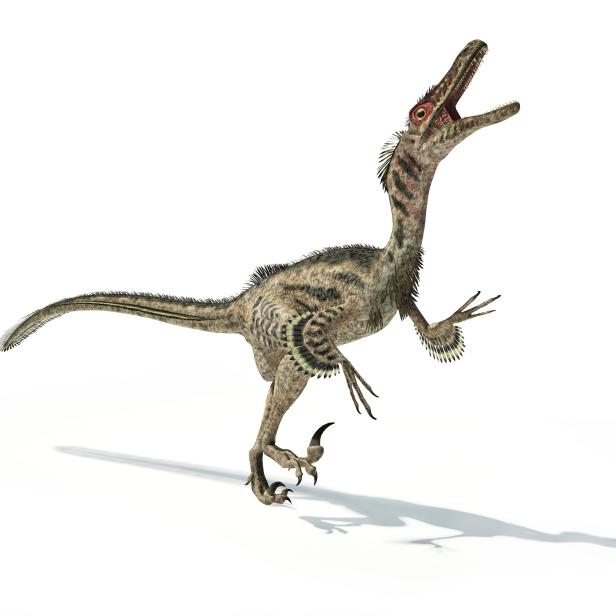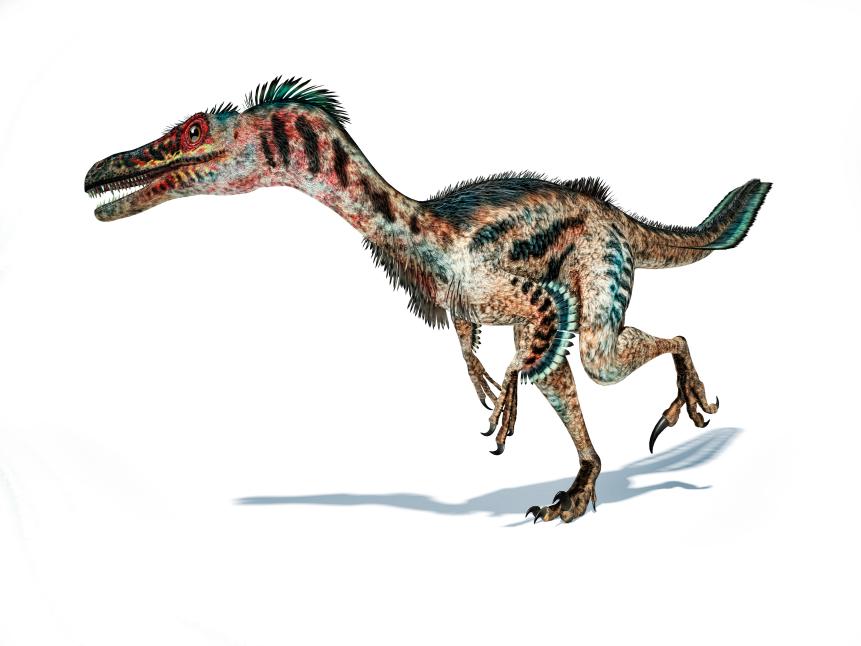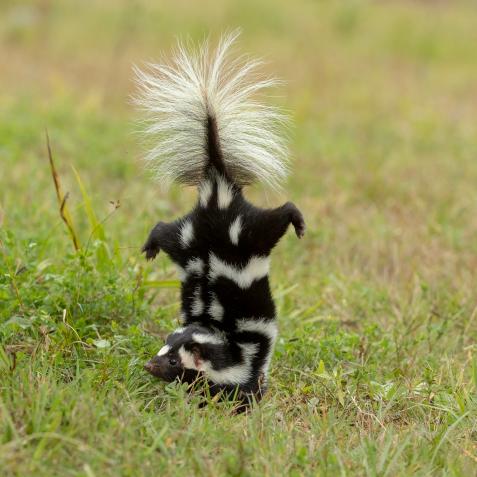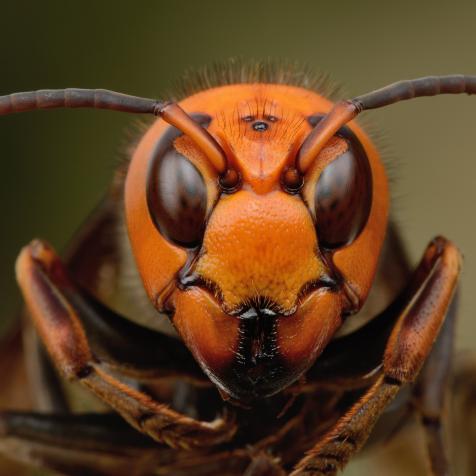
LEONELLO CALVETTI
Baby Raptor Fossil Found in Alaska
Over 200 miles north of the Arctic Circle, paleontologists found baby velociraptor fossils with big implications.
A journal published out of London this week, acknowledges years of studies of the Prince Creek Formation in Alaska which led to the discovery of fossils in the dromaeosaurid family. This classification of dinosaurs was known to have bird-like features such as front talons, powerful hind legs, and even feathers!

LEONELLO CALVETTI/SCIENCE PHOTO LIBRARY
This is the first time in history that any baby dromaeosaurid fossil has been found in arctic Alaska. Paleontologist Alfio Alessandro Chiarenza of the Imperial College, London summarized the journal to Science Daily saying, "Years ago when dinosaurs were first found in the far north, the idea challenged what we think we know about dinosaurs. For some time afterwards, there was a great debate as to whether or not those arctic dinosaurs migrated or lived in the north year round. All of those arguments were somewhat speculative in nature. This study of a predatory dinosaur jaw from a baby provides the first physical proof that at least some dinosaurs not only lived in the far north, but they thrived there. One might even say, our study shows that the ancient north was a great place to raise a family and now we have to figure out why."


















